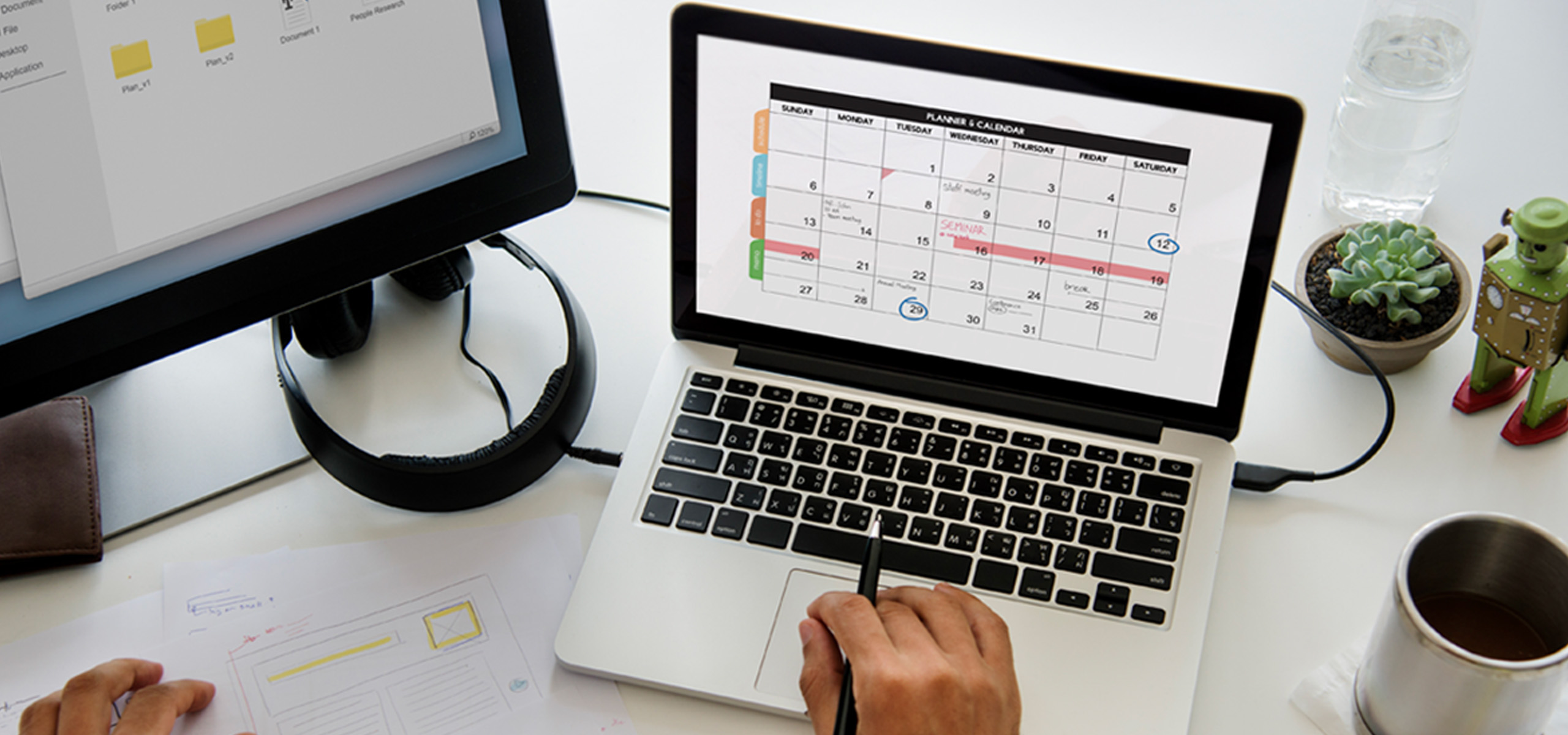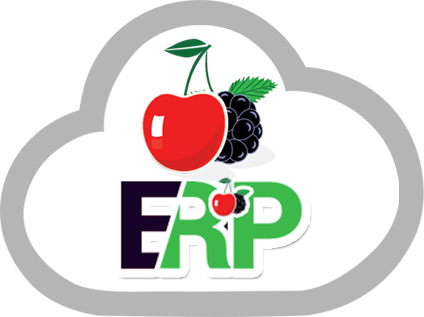
Why Effective Fixed Assets Management is Crucial for Business Success?
A computer program designed to effectively track and manage a company’s tangible or fixed assets is known as Fixed Asset Management. The administration cannot easily convert fixed assets into a reasonable trade-in. Managing the track, maintenance, and configuration requirements for assets across many locations can be challenging. In this article let’s explore the benefits and ways to pick the right software for the business.
What is Fixed Assets Management Software?
Organizations can streamline the process of implementing a serial code-based asset accounting system with the help of a secured framework. The term “fixed asset management software” describes these types of frameworks. If you’re an entrepreneur or manager, consider using a fixed asset registry. You can better organize and maintain control over your assets with the help of an accurate registry.
Benefits of Fixed Assets Management:
Precise Data Tracking:
As previously demonstrated, you have the ability to monitor your assets using the newly implemented fixed asset registration software. However, were you aware that you can monitor and trace your data? The more promising information is that you can precisely monitor your data, enabling the accumulation of precise data. The advantage of this is that it allows you to assess whether your business is operating at the expected level of performance. Additionally, you may ascertain the frequency of asset use and their typical storage locations. By utilising data like this, you have the potential to steer your firm towards a more favorable trajectory.
Better Decision-Making Capability:
Managers can make educated decisions regarding buying assets, maintenance, and disposition with the help of fixed asset management, which offers comprehensive insights into the status and performance of assets. It is easier to allocate resources, plan budgets, and decide where to put money when using this data-driven approach.
Scalability:
It becomes much easier to manage a growing number of assets spread out across multiple locations with an ERP system and FAM that can scale with the company. The ability to adjust to new rules, procedures, and organizational structures is another benefit. By guaranteeing adherence to industry rules, safety specifications, and environmental laws, EAM systems lower the possibility of fines, penalties, and legal ramifications.
Enhance the Accuracy and Reliability of Data:
Utilizing Fixed Asset Management software alongside the ERP system undeniably enhances data accuracy, which is a significant benefit. Keeping track of data and ensuring its accuracy may be quite difficult, especially when fixed asset information is stored in various locations. Integration of two systems enables the transfer of data from one table to another. Consequently, it decreases the probability of human errors while also minimising human involvement. Depreciation and tax deductions can be advantageous when errors are minimised and financial records are accurate. Furthermore, the utilization of paper diminishes as the procedure is mechanized and computerized.
Automating Manual Processes:
By automating tedious and prone-to-error processes like depreciation computations and lease accounting, fixed asset management software saves time and improves accuracy. Additionally, software can lessen the likelihood of human mistakes when documenting the redeployment and disposal of assets.
New Developments in Asset Management:
Predictive analytics and artificial intelligence (AI):
Predictive analytics and AI algorithms are being used more and more by fixed asset management systems to forecast breakdowns of equipment, improve maintenance regimens, and spot performance trends. This allows for proactive decision-making and cost savings.
Mobile and Cloud Solutions:
Because of their scalability, flexibility, and accessibility, cloud-based platforms and mobile EAM applications are becoming more and more popular. These solutions facilitate field service operations, remote asset management, and teamwork among dispersed teams.
Digital Twin Technology:
Organizations can use digital twin technology to enhance asset performance in an online setting, simulate circumstances, and conduct predictive analysis before making changes in the real world. With the use of digital twin technology, tangible possessions can be virtualized.
How to Pick the Right Fixed Assets Management for Business:
Businesses can save money and work more efficiently with the right software for managing their fixed assets. This increases revenue, makes customers happy, and guarantees the company’s success in the long run. It is crucial to bear these points in mind when searching for software for your business.
The First Step is to look at Business Needs:
Figure out what your company needs. Software that allows for easy reporting on the status of fixed assets in each location and across the company is usually necessary for companies with complicated manufacturing operations across multiple locations. Fixed asset management determines depreciation and notifies businesses when to begin disposing of costly assets, such as aging machinery, which may be of interest to these companies. Keeping track of leased equipment is important for many businesses. Companies that have a lot of fixed assets spread out across different places might benefit from a mobile-friendly barcode-tagging system.
Analyze the possibilities of automation: Identifying the necessary degree of automation is the following stage. For instance, would you like your program to notify those who fail to return equipment via email? Is a yearly or monthly depreciation report more convenient for you?
Consider the Integration Step:
Many companies also consider the possibility of integration with other business software when making a selection. The best solutions integrate with accounting software, allowing users to effortlessly include the acquisition and sale of fixed assets in financial reports.
Think about the Budget:
A crucial part of any selection process is thinking about the budget. One approach to making a realistic budget is to estimate the potential savings and profit gains from improved management of fixed assets.
Conclusion:
Businesses seeking to centralize their Asset Management operations can do so with ease using enterprise resource planning (ERP) software that incorporates features for managing fixed assets. ERP systems with fixed asset management facilitate real-time visibility, expedite workflows, and improve choices about economic management of assets, purchase, and maintenance processes. In the long run, operational performance and financial health can be enhanced when organizations use Fixed Asset Management software to better utilize assets, guarantee compliance, and drive cost savings. Businesses can gain long-term benefits from investing in the correct ERP system with Fixed Asset Management. This strategic move enables them to manage their assets efficiently throughout their lifecycle. CherryBerry ERP can help you manage your fixed assets efficiently. Call now for a free consultation.
